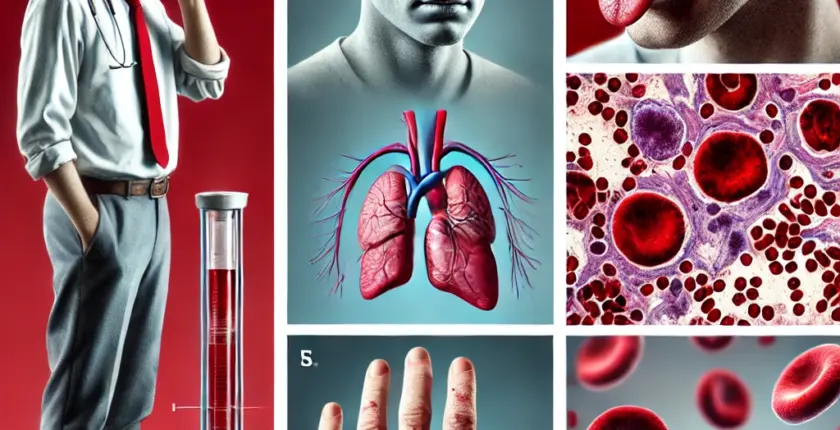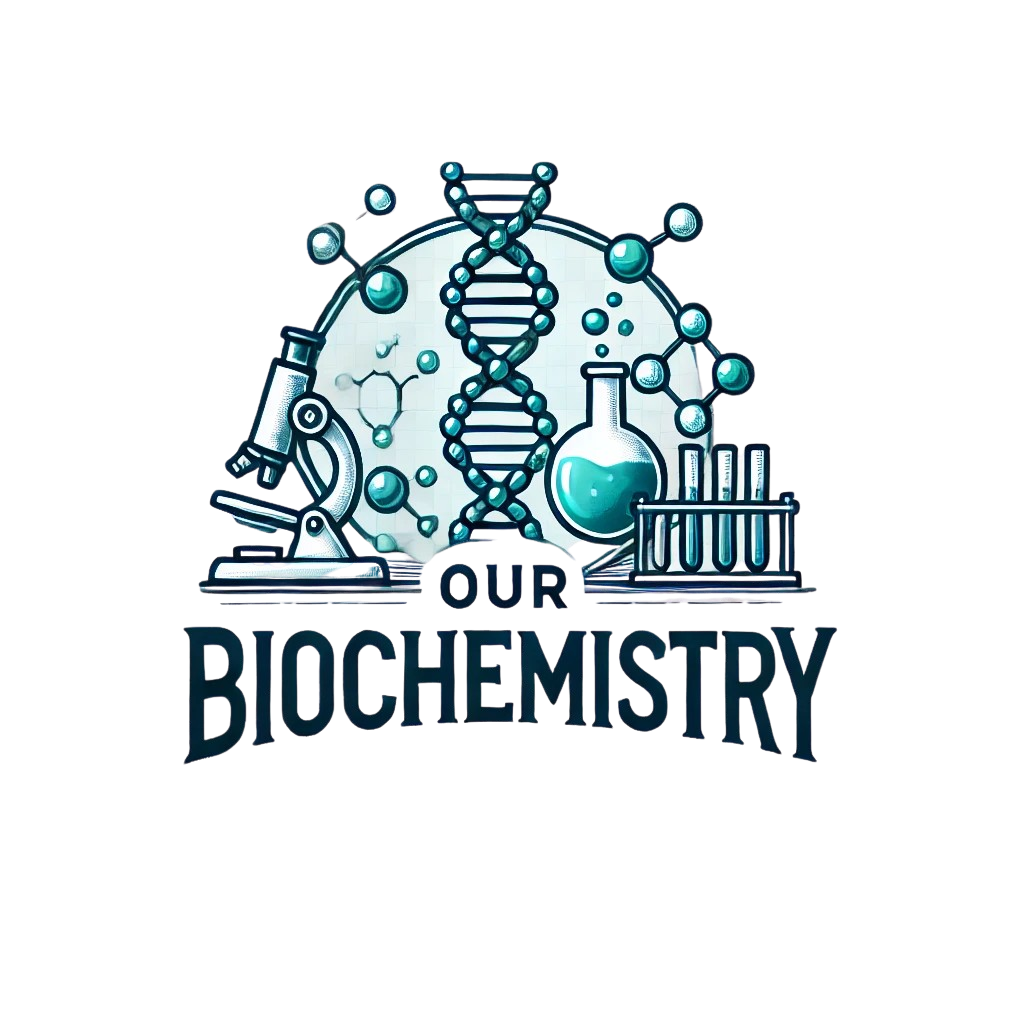Library
Case Discussion: The Diagnosis Behind the Image Challenge
- February 22, 2025
- Posted by: Namrata Chhabra
- Category: Learning resources Case studies Clinical Case discussions Library Vitamins Vitamins and Minerals

Unraveling the Clues
Yesterday, we presented a 45-year-old woman with fatigue, neurological deficits, glossitis, and hyperpigmentation. Lab results indicated macrocytic anemia with elevated homocysteine and methylmalonic acid (MMA).
Check the case details here
The correct diagnosis: Vitamin B12 Deficiency
This case highlights the classic neurological and hematological manifestations of prolonged Vitamin B12 deficiency, often misdiagnosed due to overlapping symptoms with other conditions.
Understanding the Key Findings
1. Neurological Symptoms – Why the Unsteady Gait?
The patient’s proprioceptive loss and positive Romberg sign suggest subacute combined degeneration (SCD) of the spinal cord.
- Mechanism: B12 deficiency leads to demyelination of the posterior columns (proprioception/vibration loss) and corticospinal tracts (hyperreflexia, weakness, Babinski sign).
- Common Mistake: Patients with these symptoms may initially be misdiagnosed with neuropathy due to diabetes or other neurodegenerative conditions.
2. Oral Manifestations – The Significance of Glossitis
The image shows atrophic glossitis, characterized by a smooth, swollen tongue with redness or fissures.
- Why? B12 is essential for epithelial turnover, and its deficiency causes mucosal atrophy and inflammation.
- Associated Symptoms: Burning sensation, altered taste, or soreness in the tongue.
3. Hyperpigmentation – A Rare Yet Telling Sign
The patient’s hyperpigmentation on the dorsal hands and knuckles is a lesser-known but important clue.
- Cause: Defective melanin synthesis due to impaired methionine metabolism in B12 deficiency.
- Common Mistake: Often misattributed to Addison’s disease, but here, electrolytes were normal, ruling out adrenal insufficiency.
4. Blood Smear Findings – Megaloblastic Anemia Explained
A classic megaloblastic blood smear reveals:
i.Large, oval-shaped RBCs (macrocytosis)
ii. Hypersegmented neutrophils (>5 lobes)
iii, Howell-Jolly bodies (if severe bone marrow suppression)
- Cause: B12 is essential for DNA synthesis, and its deficiency causes impaired nuclear maturation, leading to megaloblastic changes in the bone marrow.
- Key Differentiation: Unlike iron deficiency anemia (which causes microcytosis), B12 deficiency leads to macrocytosis (MCV >100 fL).
Confirming the Diagnosis – What Additional Tests Are Needed?
i. Serum Vitamin B12 Levels: Typically low (<200 pg/mL), though not always reliable.
ii. Methylmalonic Acid (MMA) & Homocysteine: Both elevated, confirming functional B12 deficiency.
iii. Intrinsic Factor & Anti-Parietal Cell Antibodies: To check for pernicious anemia, the most common cause of B12 deficiency in non-vegetarians.
What Was the Underlying Cause in This Patient?
a. Dietary Deficiency:
- The patient is a long-term vegetarian, avoiding meat and dairy, which are primary B12 sources.
- At risk: Vegans, elderly individuals, and those with restricted diets.
b. Gastrointestinal Malabsorption:
- Chronic gastritis and long-term PPI use reduce gastric acid production, impairing B12 absorption.
- Other common causes: Pernicious anemia, celiac disease, Crohn’s disease, gastrectomy, or ileal resection.
Why Is Early Diagnosis Crucial?
Untreated B12 deficiency can lead to irreversible neurological damage!
- If caught early, neurological symptoms improve with B12 supplementation.
- If delayed, permanent demyelination and disability may occur.
Treatment:
- IM Vitamin B12 Injections (1000 mcg) initially, followed by lifelong supplementation (oral or IM, depending on the cause).
- Dietary modifications for preventable cases.
Final Takeaways
🔹 Vitamin B12 deficiency should always be suspected in patients with macrocytic anemia AND neurological symptoms.
🔹 Prolonged PPI use and vegetarian diets increase the risk.
🔹 Neurological symptoms may be the first or only presentation – don’t wait for anemia to appear!
🔹 Methylmalonic Acid (MMA) and Homocysteine are key confirmatory tests.
How Many Got It Right?
Did you correctly diagnose this case?
What additional learning points did you take away?
Share your thoughts in the comments!
